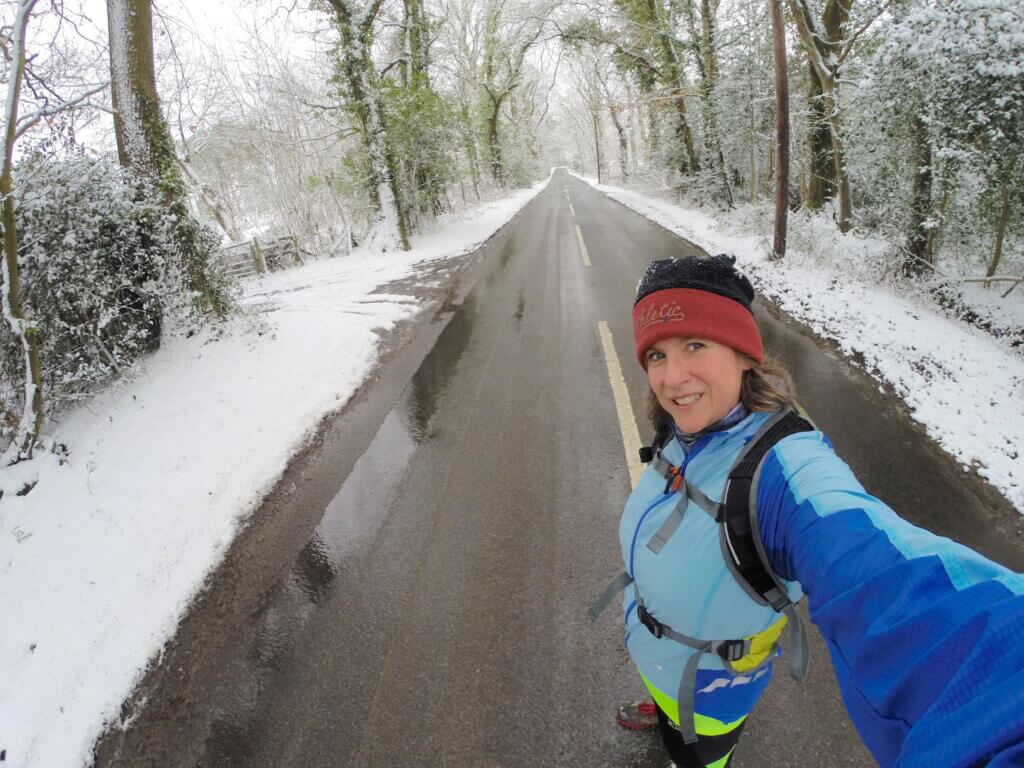Brimming over with bees
I’m going to be honest with you. Covid-19 and lockdown have left me feeling decidedly befuddled. Confined to my home and garden would normally be my idea of heaven, but positive feelings are tempered with the frustration of finding online delivery slots at Sainsbury’s, incessantly cleaning door knobs, and trying to keep Andrew, my ‘highly vulnerable to infection’ husband, virus-free. Am I stressed and scared? A little. No, that’s a lie. A lot.
The garden, and its cast of solitary bees, help me relax. I tick off species in my field guide, getting my kicks from spotting the rare ones, the weird ones and the familiar ones. Each bee acts out a very different drama to the one we find ourselves living through, but they are no less dramatic. I lose myself for hours following storylines of sex, intrigue and treachery.
The latest episode playing out on the meadow – a wannabe-lawn that lost out to dandelions years ago – involves a bee called Andrena fulva, aka the Tawny mining bee. Even from a distance she’s a stunner. Luxurious fox-red hairs cover the upper side of her body, her head, legs and underside are jet-black. She’s roughly the size of a honeybee – but that’s where all comparisons end. This lady lives a solitary, short life. Once mated – the only memorable thing about her mate is his white YMCA moustache – she digs holes in the ground to lay her eggs. In my garden these holes appear Vesuvius-like in the lawn in April, mini eruptions of excavated soil heralding spring. It’s easy to mistake them for worm-casts, but watch and you’ll see her flying in and out leaving tasty pollen for her soon-to-hatch grubs. She won’t even see her young, they’ll be walled up underground in their food-laden cells until next spring. If they’re lucky.
I say lucky because their survival is not a forgone conclusion. Enter the villain of this story. Her name’s Nomada signata, aka the Broad-banded nomad. Even her Latin name reminds me of Cruella de Vil, and the creepy caricature is pretty close to the insect reality. Imagine a red and black faced bee, mainly hairless, broad yellow and black bands on her tail, smoky dark wings and two lightning strikes of yellow on her back. She’s a cleptoparasite, a cuckoo, and she’s hoping to nip into the unfinished nests of Andrena fulva. Her plan is to lay her own eggs, once hatched her young are likely to eat the eggs or grubs already there, they will definitely eat the pollen store that was meant for the Andena’s young.
Each spring I watch out for this scarce nomad quartering like a 10mm bird of prey a few inches above the lawn. I once found one waiting outside a nest. For an hour I lay on my stomach on spring grass, still wet with dew, as poor Andrena fulva poked her head out of her burrow, hesitated to leave, but was then drawn by instinct to collect more pollen. As soon as she left the nomad made her move, and backed slowly down into the hole. She’s a bitch, but a remarkably scarce one considering her host is so common – and something about her devious ways fascinates me.
This year I’m appreciating the bees more than ever, and look forward to each species appearing. The next one to hatch should be Andrena labiata with her distinctive red girdle who’ll feed on the tiny blue flowers of the Germander speedwell that crawl unhindered down the edge of the lawn, in July it will be Anthidium manicatum the Wool carder bee. She made an appearance in naturalist Gilbert White’s book The Natural History of Selborne in 1772, when she chewed on the leaves of the garden-campion ‘for the sake of its tomentum’. She’ll soon be using the soft fluffy ‘tomentum’ found on leaves in my garden for her nest building. I love that continuity.
Just before lockdown I ordered fifty bee-friendly plants from the aptly named RosyBee nursery, they were delivered last week. So full are the flowerbeds some of the lawn will need to be dug up to make room for these newcomers, but with their foliage and blooms will come new bees – new cast members to join my seasonal drama. Maybe they will bring new hope to a country desperate for pollinators, new life for an isolated garden in lockdown. I may be befuddled but at least my garden will be brimming over with bees.

Jane is a naturalist, photographer and nature writer living in Dorset. Her work has appeared in books, anthologies and blogs for charities such as The Wildlife Trusts and the International Bee Research Association. When she’s not exploring Dorset’s lanes and countryside she can be found lying on her stomach watching insects in her garden. www.janevadams.com and on Twitter @WildlifeStuff
[registration_form]